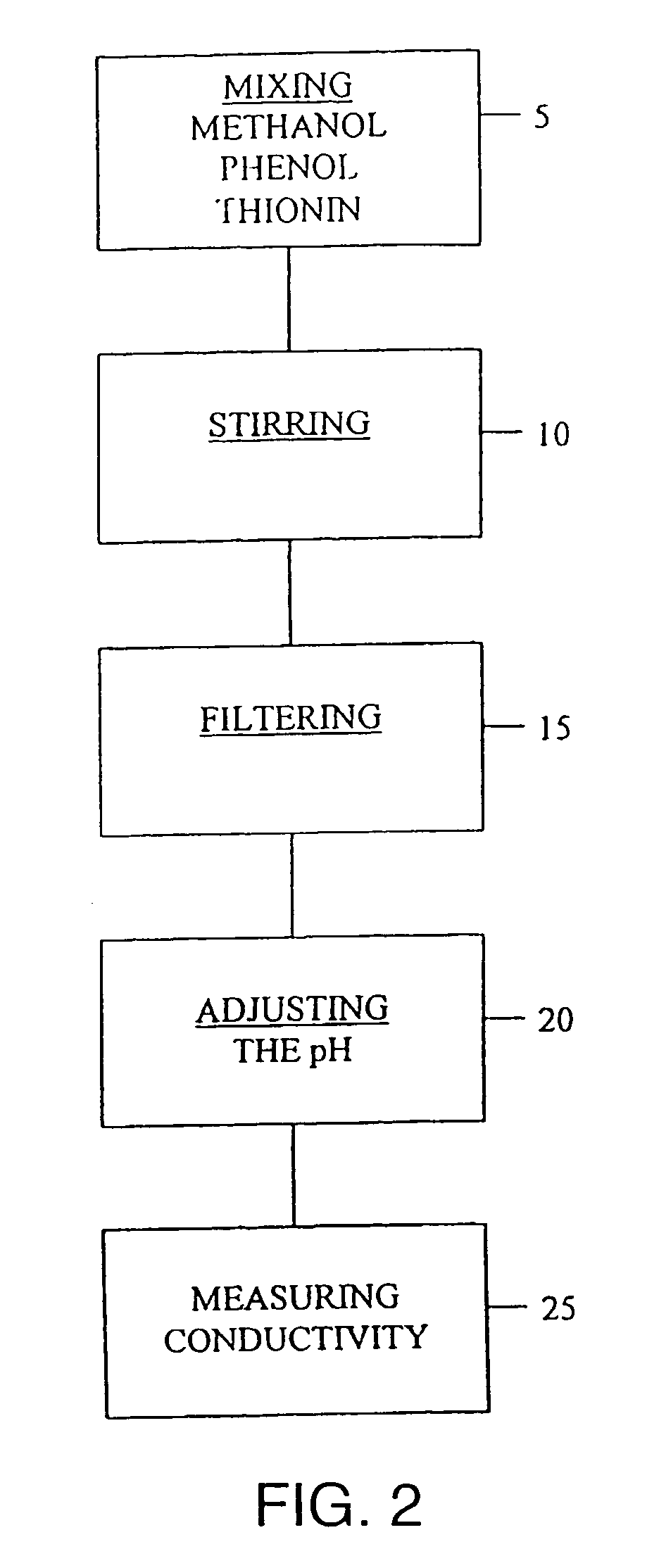Cytological imaging system and method
a cytological imaging and cytological technology, applied in the field of cytological material analysis, can solve the problems of difficult analysis of traditional stains by an automated system, difficult identification difficulty in analyzing the cytoplasm of traditional stains by the human eye, so as to achieve less heat, less power, and less light and heat.
- Summary
- Abstract
- Description
- Claims
- Application Information
AI Technical Summary
Benefits of technology
Problems solved by technology
Method used
Image
Examples
Embodiment Construction
[0055]Embodiments of the present invention are described below. It is, however, expressly noted that the present invention is not limited to these embodiments, but rather the intention is that modifications that are apparent to the person skilled in the art and equivalents thereof are also included.
[0056]One embodiment of the stain is a thionin-phenol solution that includes methanol, phenol, and thionin. The stain may also include an acid for adjusting the pH of the stain solution. The purity of the methanol (methyl alcohol) component can be various grades The phenol component is supplied as loose crystals having an ACS grade purity of at least about 95%. The phenol is a chaotrophic agent available through Aldrich Chemical Company, Inc. of Milwaukee, Wisc.; however, an equivalent may be substituted. The thionin component is supplied as a certified dye powder, specifically a BSC-certified, metachromatic, cationic thiazine dye. FIG. 1 depicts the characteristics of one embodiment of t...
PUM
| Property | Measurement | Unit |
|---|---|---|
| wavelength | aaaaa | aaaaa |
| wavelength | aaaaa | aaaaa |
| wavelength | aaaaa | aaaaa |
Abstract
Description
Claims
Application Information
 Login to View More
Login to View More - R&D
- Intellectual Property
- Life Sciences
- Materials
- Tech Scout
- Unparalleled Data Quality
- Higher Quality Content
- 60% Fewer Hallucinations
Browse by: Latest US Patents, China's latest patents, Technical Efficacy Thesaurus, Application Domain, Technology Topic, Popular Technical Reports.
© 2025 PatSnap. All rights reserved.Legal|Privacy policy|Modern Slavery Act Transparency Statement|Sitemap|About US| Contact US: help@patsnap.com



